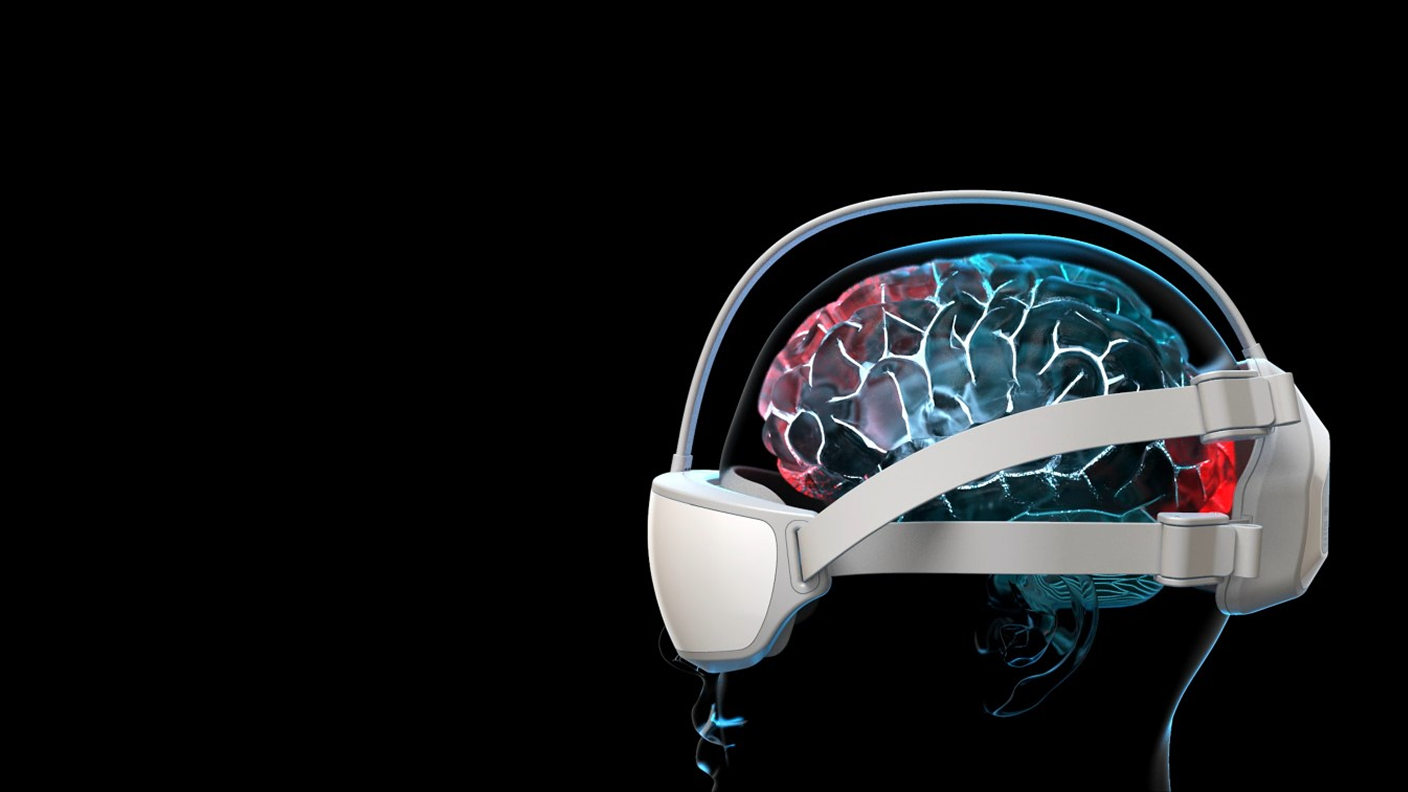
An innovation of traditional brain scanning technology compacted into a portable headset.
SCIENCE VALIDATION OF NUROCHEK
The journey to any new medical device begins with an innovative insight and then hard work to make this inspiration reality.
This insight from founder Dr. Adrian Cohen began with the realisation that concussion could be assessed using a sophisticated form of electroencephalograph (EEG) which resulted from stimulating either the motor or sensory pathways of the brain. When this stimulation is performed, the result is called an Event Related Potential or ERP. Important research in Australia clearly demonstrated that Motor Evoked Potentials (a form of ERP) changed in concussion, and just as importantly returned to normal as the patient clinically recovered1. Aside from this pivotal realisation, there are literally dozens of articles validating the use of ERPs in relation to conditions like concussion.
The innovative creative step was to realise that another form of ERP, Visual Evoked Potentials (VEP), could be more efficiently used in the same fashion and then to create a new small, portable and relatively inexpensive device that could perform this task.
Nurochek was born.
Once the theory had been conceptualised, the device had to be realised, tested and go through rigorous engineering verification and validation suitable for acceptance by regulatory authorities as a medical device which could be taken to market. This involved extensive mechanical, safety and electrical testing under the framework of Headsafe’s ISO13485 Medical Device Quality Management System and ultimately three submissions to the US Food and Drug Administration (FDA) were made.
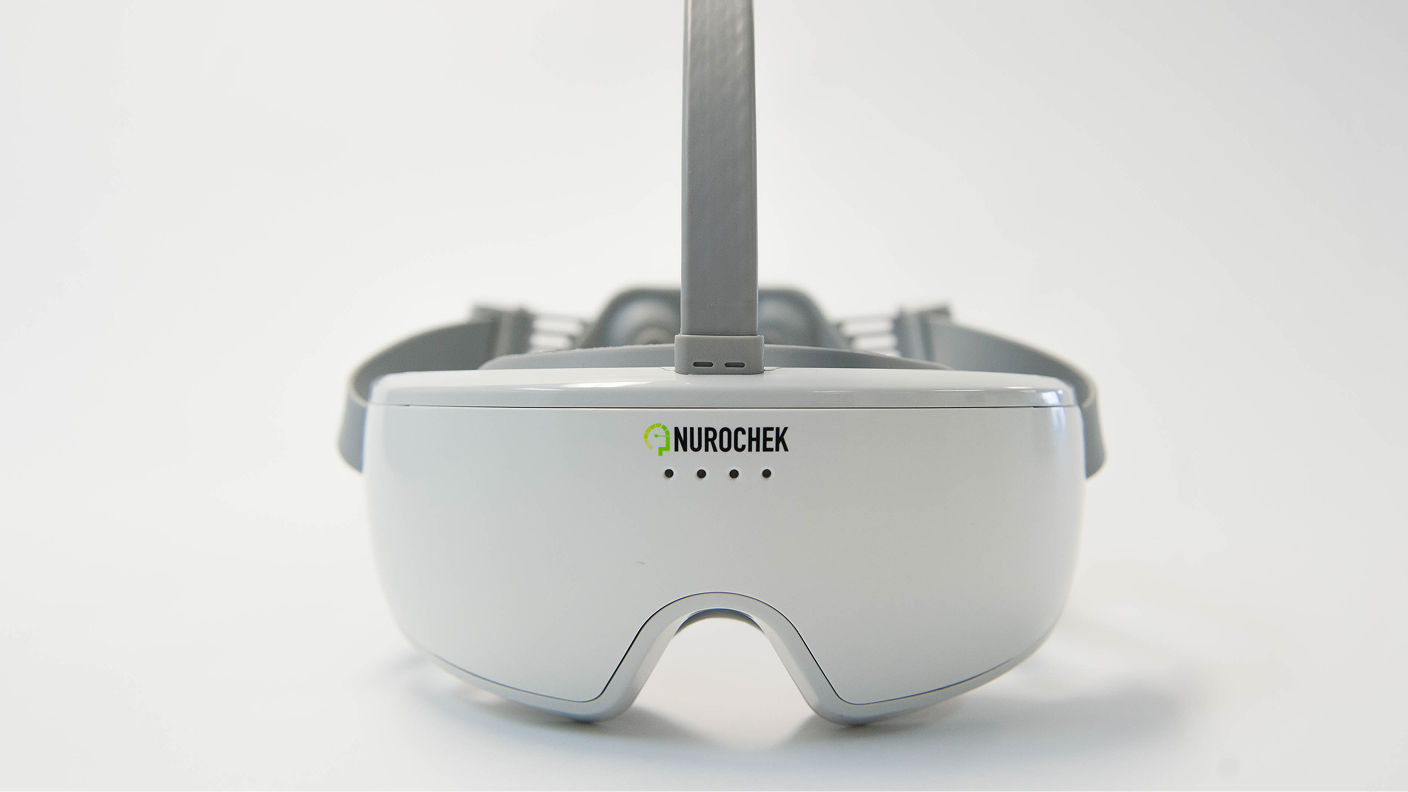
The Nurochek headset is designed to capture the electrical responses of the brain to visual stimuli. Our sophisticated AI model meticulously classifies these responses on a secure cloud server before transmitting the results to a PC.
FUNDAMENTALS
Nurochek is a portable electroencephalogram (EEG) headset – it records the electrical activity of the brain using 5 ‘comb like’ electrodes, that can be quickly and easily placed on patients in any setting.
Visual Evoked Potentials (VEP) are the brains activity in response to visual stimuli. They measure the functional integrity of the visual pathways from retina via the optic nerves to the visual cortex of the brain.
VEPs are hypothesized to change in concussion due to metabolic, inflammatory and blood flow alteration, and return to normal on recovery once these changes have subsided.
Headsafe Australia have demonstrated that VEPs are an objective, Electrical Biomarker of concussion (mTBI) that only require one test (ie. Baseline required).
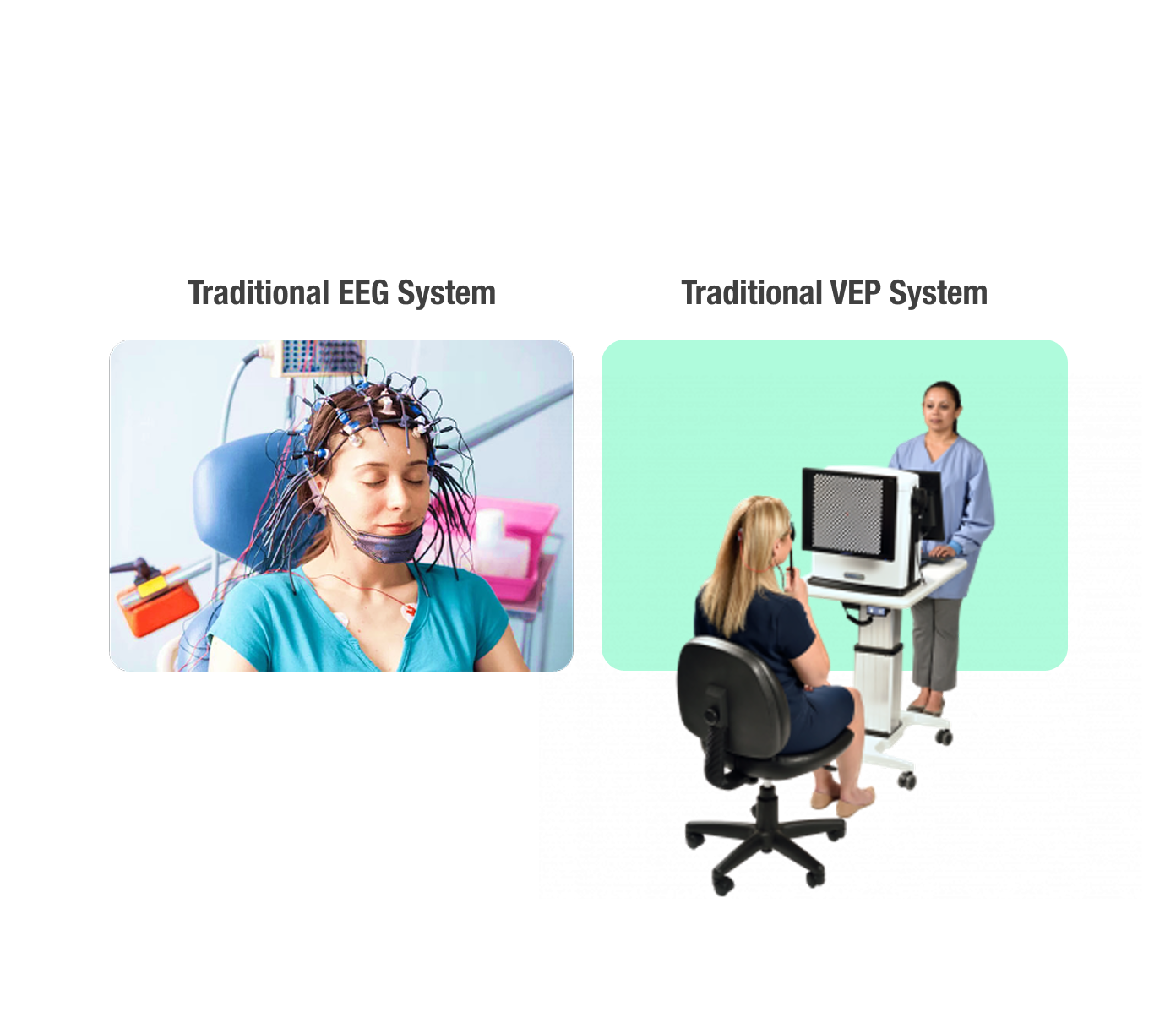
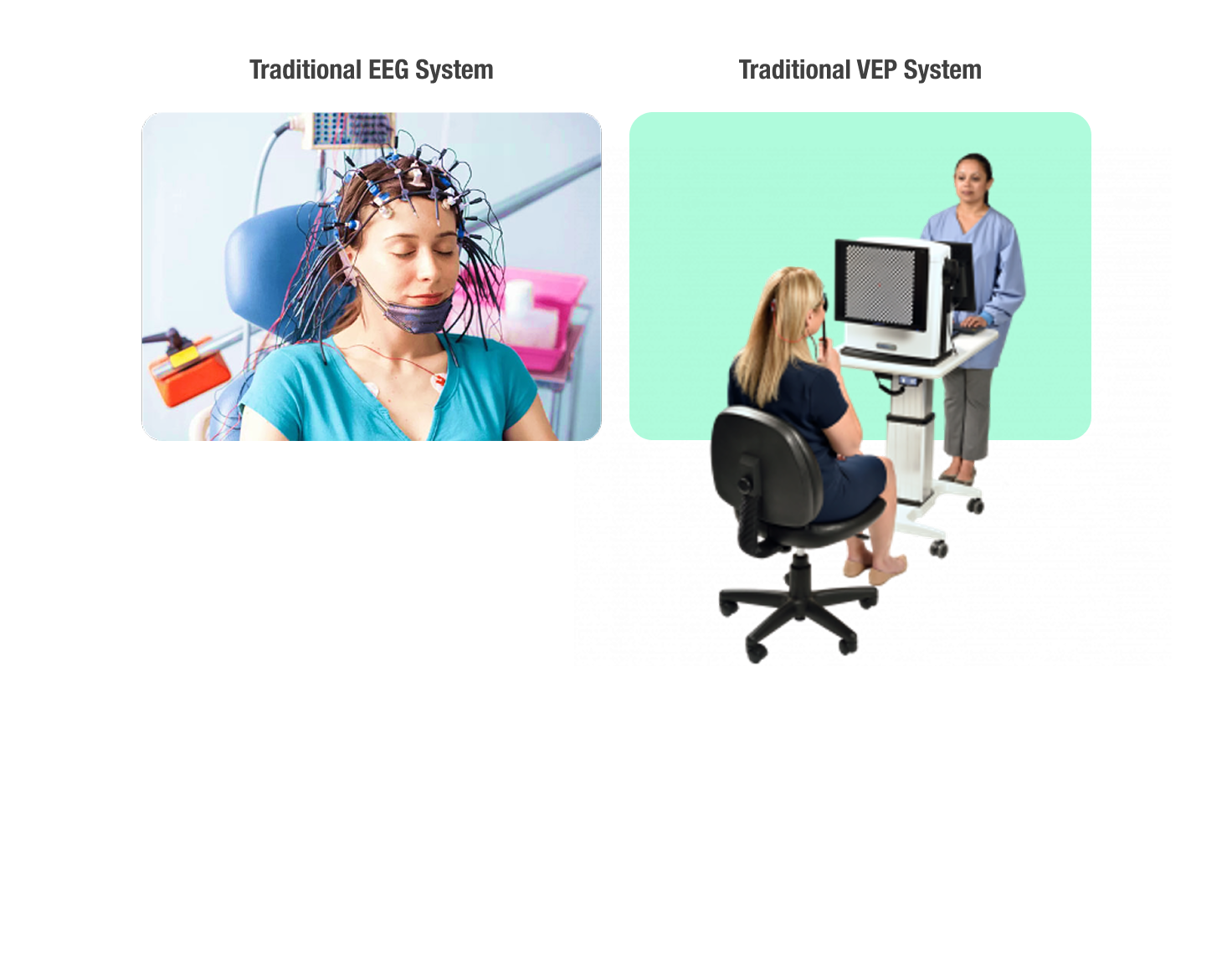
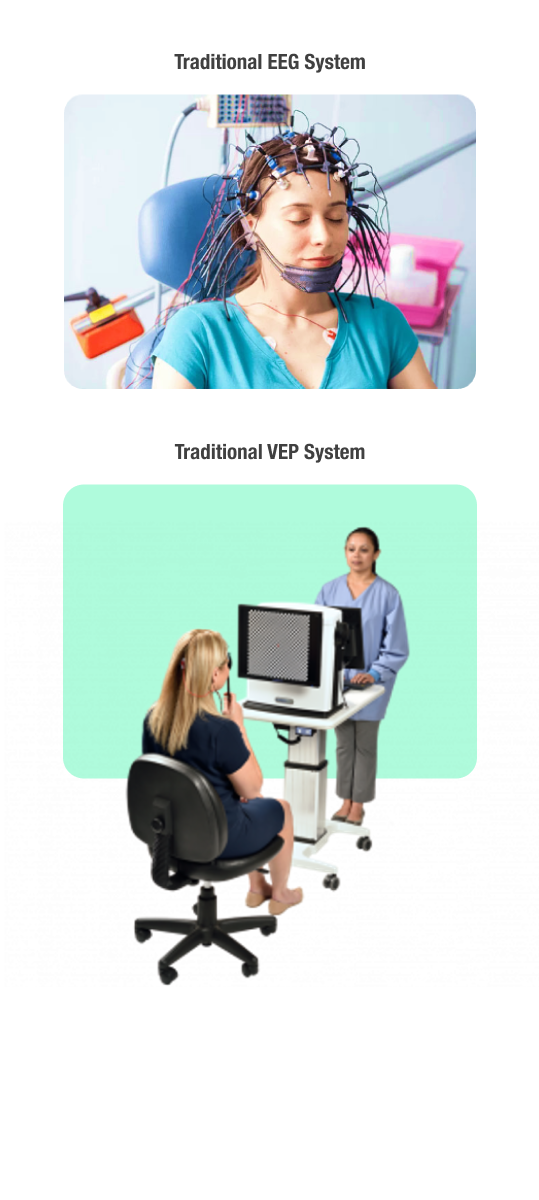
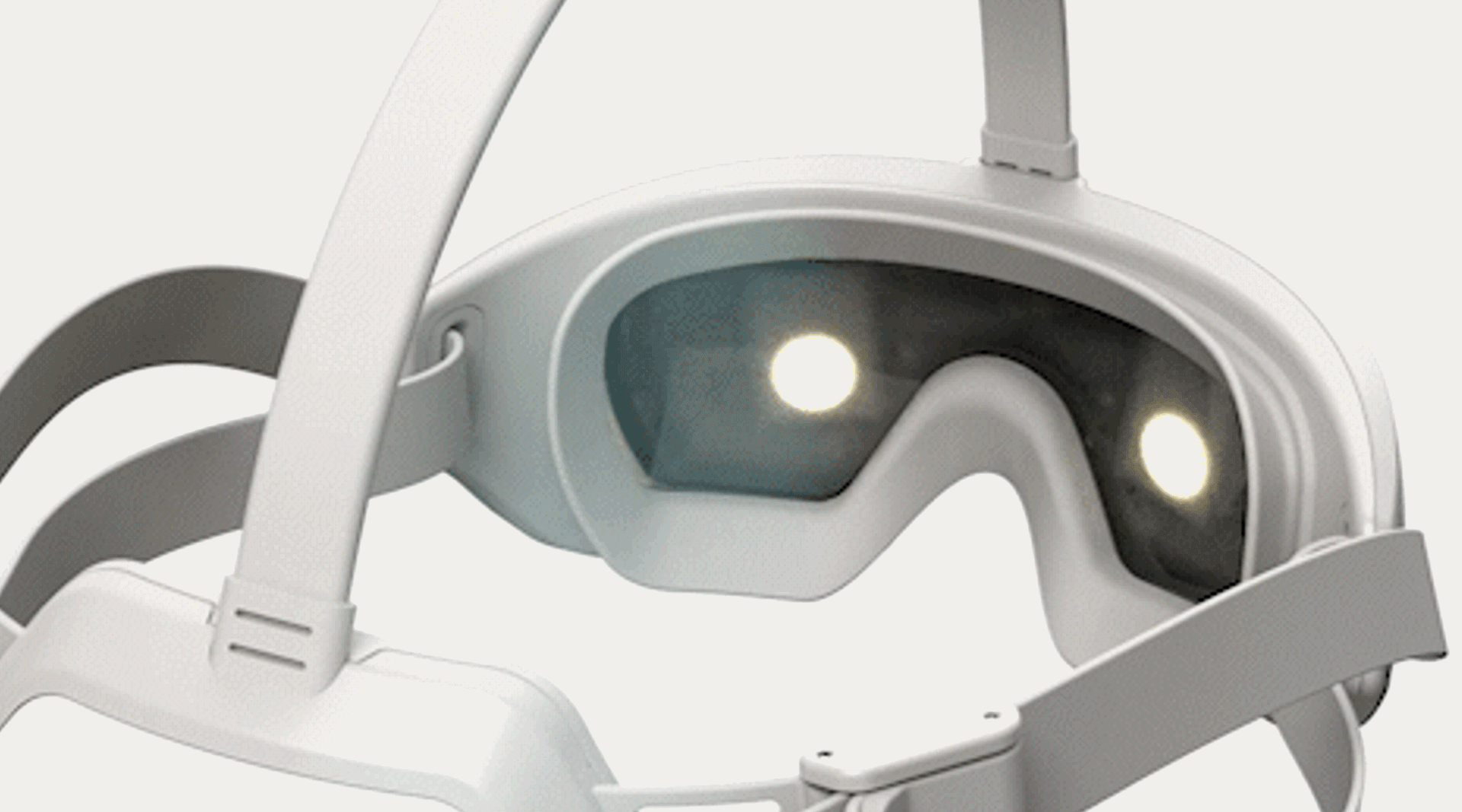
HOW NUROCHEK WORKS
1
Provokes a steady state (consistent) flashing stimulus (SSVEP)
•
Light flickering at 15 Hz (or 15 times per second)
•
Stimulates the retina, creating activation of the visual pathway
2
Measures the SSVEP over the occipital cortex of the brain electrical activity measured every 1/1000th of a second (or 1000Hz)
3
Transfers the data to a cloud database for processing & storing
4
Desktop Software converts the time data into frequency data for easy visualization (process called fast Fourier transformation – FFT)
5
Headsafe data analytics team analyse all the data collected and look for trends/patterns/features that are respective of a group of people (e.g., concussed patients)
6
We create a classification algorithm based on the EEG trends multiple trends in combination create an algorithm
7
Cloud software analyzes EEG data against algorithm to determine if the data looks more like a concussed participant or a non-concussed participant
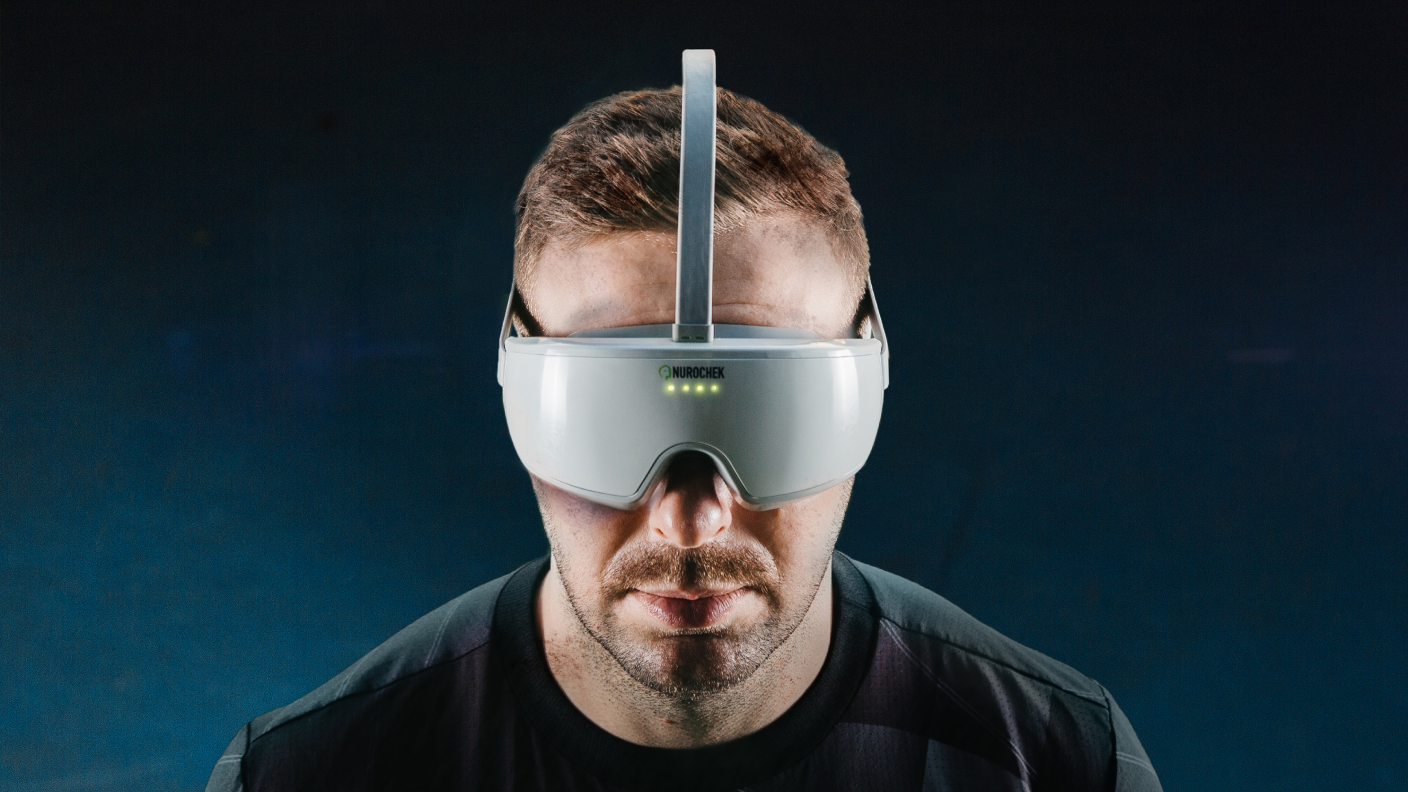
CLINICAL RESEARCH
USA clinic, hospital and Australia case studies
by institutional review boards (IRB)
by institutional review boards (IRB)
•
Private clinics and hospitals
•
Specificity studies, including fatigue and time of injury
•
Plans to expand in 2025 Fall (football) season
•
Australian Universities
National clinical trial monitored
by human research committee (Bellberry)
by human research committee (Bellberry)
•
Sports clubs, schools, universities and private practices
•
From grass roots to professional level (NRL)
•
20+ individual research agreements
•
Non-interventional and de-identified



























































